Andreas Strehler, an Indie Committed to Remain a “Watchmaker for the Few”
"I feel like an artist who creates to surprise the public."
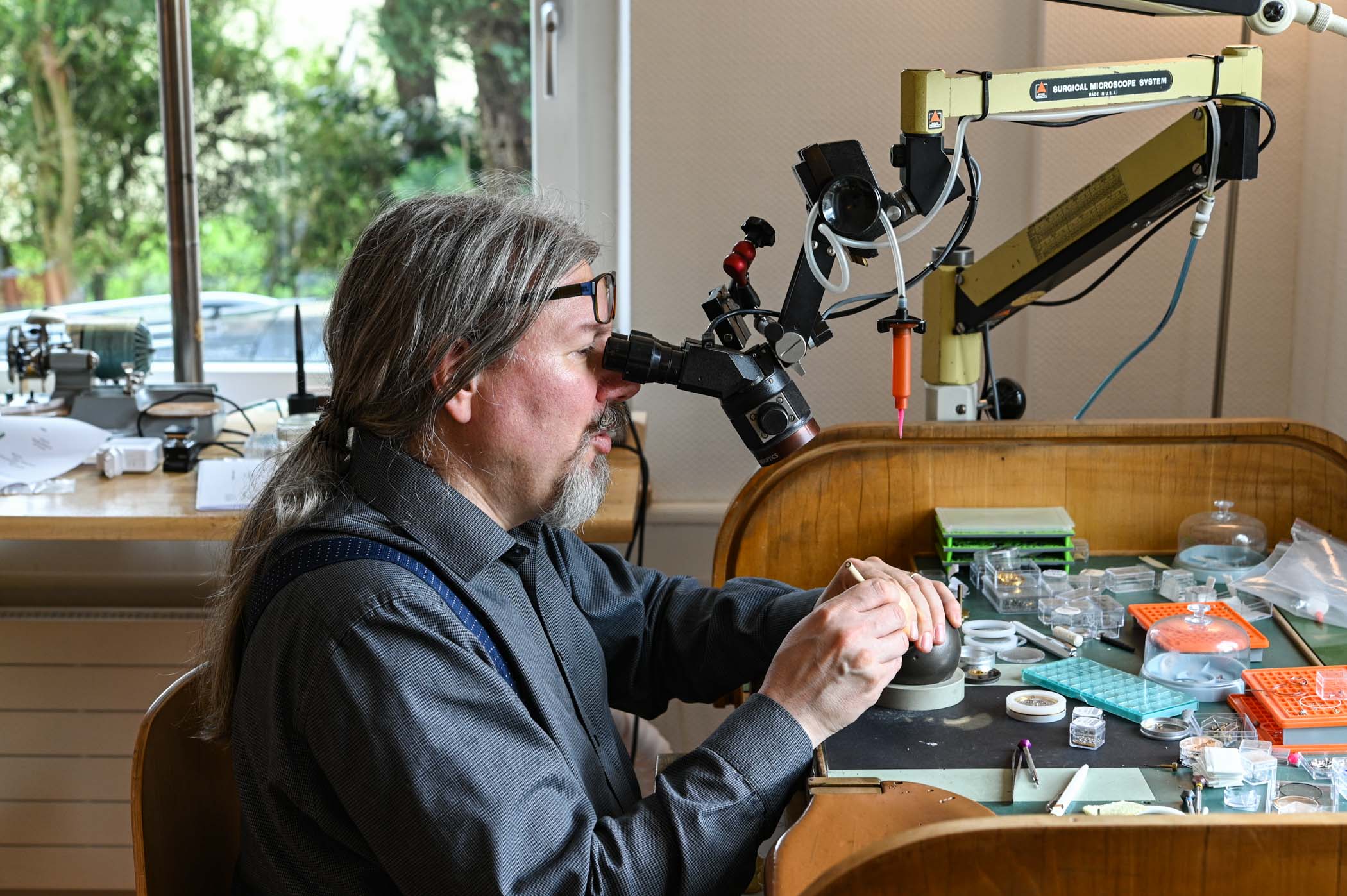
Consider the current situation, with sluggish sales and a market that is being remodelled by the day with a few major players on one side and a swarm of small independent brands on the other. The trend has increased in recent years, and many enthusiasts/collectors are turning more and more towards the latter as independent watchmaking is on the rise. We’re taking the pulse of this segment of the industry with a long-time established watchmaker, Andreas Strehler. More than a brand, a state of mind and a philosophy of life that drive the founder, as he explains here.
Pascal Brandt, MONOCHROME – You’ve said that “watchmaking is my life”. Can you tell us why?
Andreas Strehler – I grew up in a family where watches were everywhere; my father collected pocket watches for decades. After my first dream job as an inventor, I chose to become a watchmaker. When I searched for an apprenticeship, many people told me that there was no future in watchmaking (due to the quartz crisis).
But I was certain that for a good watchmaker, there would always be watches to repair. After the apprenticeship, I started making high-end watches at Renaud et Papi. A few years later, I decided to start my own business. Today, I’m an inventor anyway.
“Watchmaker for the Few”: What do you mean by this slogan?
Besides being the “Engineer for the brands”, I have produced custom-made watches since the beginning. Only a few per year for a few collectors.
You are totally independent: tell us more about your collections. Limited production series, unique?
The collections are limited due to my limited production capacity. All Andreas Strehler watches are made to order and custom-built for the client. Some are unique pieces. We don’t carry watches in stock at the workshop, and every timepiece is made to order for each client. It can be personalised as long as it stays within the ethos of my work. So, we take the orders chronologically and craft each watch individually. Ultimately, no client has a standard watch but a unique timepiece made for her/him.
Andreas Strehler’s timepieces are icons of modern thinking. What does that mean?
I don’t copy-paste the old stuff. I seek my own approach to function and shape. I also keep an eye on the traditional quality of high-end watchmaking. Together with my independent approach, many of them have become emblematic. I try to think about new solutions to solve technical problems or approach complications in different, unprecedented ways. For example, I have my own version of a Remontoir. I believe it is important to keep the quality really high but also to use modern solutions. Of course, it is wonderful to craft a complete watch from scratch without CNC machines, but even Abraham-Louis Breguet was working with the latest modern solutions of his time and sticking to pure handmade watchmaking can have certain disadvantages… and these can be solved by using modern solutions.
How do you approach a new creation and/or movement?
In most cases, I start with the function of the watch and its solution in the movement. I don’t accept customisations that don’t follow my usual aesthetic approach. I always try to uphold my own style. A new creation/movement usually starts from an idea I have or something a client or friend wishes to have in a watch. I then think about the way to do it and build it. First comes the function, then the aesthetic (usually).
You produce under your own brand (name). But do you produce bespoke watches?
Andreas Strehler watches are only made to order. There are no standard watches in stock. The customer can select watches from my collection; he can ask for a customisation, or he can accept it the way I originally designed it. Since the workshop is fully equipped – with plenty of machines and, luckily, with people capable of operating them – we are pretty flexible on customisation. For example, most of the watches we make are either Platinum or Rose Gold, but we’ve never worked with Damascus steel, and some other materials are currently in the pipeline after some collectors requested them.
For the second brand, STREHLER, we do not offer customisation at the moment. We have only one model, the Sirna, which is meant to keep its titanium blue dial.
Can the client request a totally original watch/movement, something which does not exist in your current lineup (of movements)?
Theoretically, yes. But it has to correspond to my design approach and quality standards. And I have to find the time for it… Which isn’t the easiest!
What about collaborations with third-party brands?
For third-party brands, we work with our company, UhrTeil AG. There, we produce watch parts for independent watch brands. We do not reproduce the same thing twice for a B2B client. Most of them are also independent watch brands, and we want to see them succeed. It is not in our or their interest to stick to one standard movement that looks the same for everyone. Each project results in a different solution, so each B2B client has his own unique product.
Co-branded watches are exceptions, like the Opus 7 for Harry Winston or the Chapter 3 for Maître du Temps.
With UhrTeil AG, are the developments for you and/or third parties?
The other way around. I develop for my company UhrTeil AG.
Besides watch parts for third-party brands, UhrTeil AG produces parts for my watches, too. We are a micro-mechanic manufacture, so the production process is more industrial; we make ideas feasible and repeatable. There are now about 20 people in the company – mechanics, watchmakers, people specialised in polishing, one engraver and even two apprentices, one in watchmaking and one in engraving.
We sometimes do simple subcontracting and machining parts for others based on the drawings we receive, and sometimes, we also take charge of the development process and then the production. My family holds all shares of UhrTeil AG.
How many watches do you produce a year (under your name + bespoke)?
I produce 10-15 “Andreas Strehler” watches a year, not just one model but the total production of the brand across all models and collections. We would like to make a bit more than that, but the time needed for each watch is consistently high to maintain this quality level.
We’re now at about 50 “Strehler” watches (serial production without customising option). UhrTeil AG produces many watch parts for other brands, which I will keep as an industrial secret.
You have a “niche” approach like many others today: limited production, direct contact with the client, etc. This trend is growing within the industry, to say the least.
What you call a trend has been standard for me since 1998. Others may have adopted it for their business. I don’t shorten my production by limited series just to create attraction. My production is limited due to our production capacity and the desire to follow the needs of each customer.
As a watch collector myself, I also think direct contact with clients is enjoyable when you have the time to do it. We are also always happy to receive clients or people interested in what we do in the workshop. In the end, we are able to build a personal relationship with every collector, and the emotional link with their timepiece also increases. The goal is to make watches that collectors like to wear and are happy about.
How do you position yourself in the independent watchmaking landscape? Your signature compared to others?
I never compare myself to others. There is a market for all kinds of watches. I do not see other independents as rivals but more as colleagues and friends. I am in contact with quite a few of them, and we help each other when possible. And in the end, everyone has a different approach to watchmaking. It’s not like we were all making the same watch.
And what about your distribution and favourite channel? Is it retail or social media?
A good mix. Each channel has its good and bad side. To reach a broader audience and show my work, I would use social media, like everyone else, but I like to meet people in person, too, which makes it a lot easier to discuss and explain the work we do here in Sirnach, Switzerland.
How do you perceive the watch market today?
I’m not very influenced by the watch market. I feel more like an artist who creates to surprise the public.
What’s left to be done and invented in watchmaking?
Mechanical watches are like music. Gears have been known for centuries, like the musical notes that have been defined since Bach. We can create a new mechanism every day, like new songs that can be composed and sung.
For more details, please visit astrehler.ch and strehler.watch.


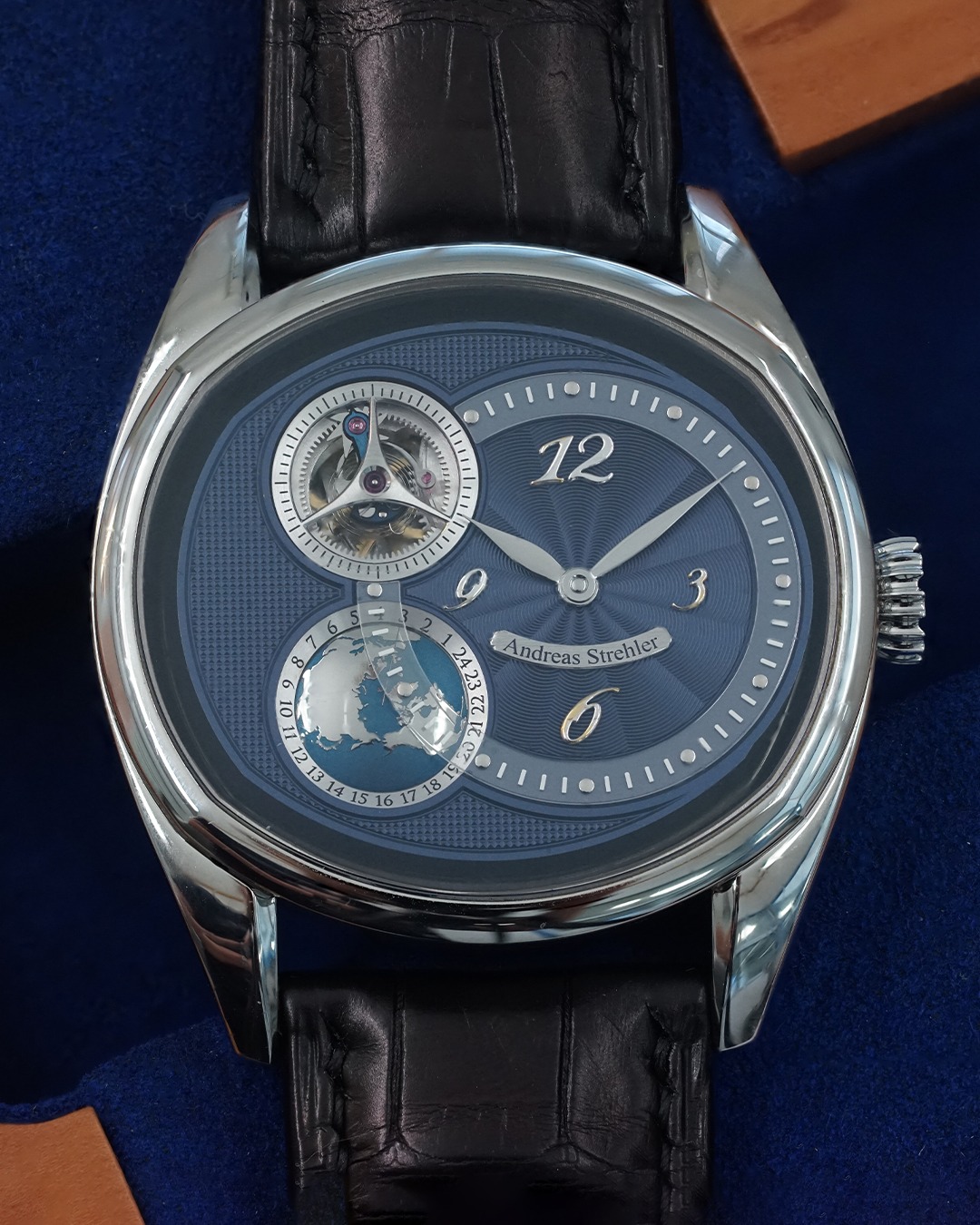
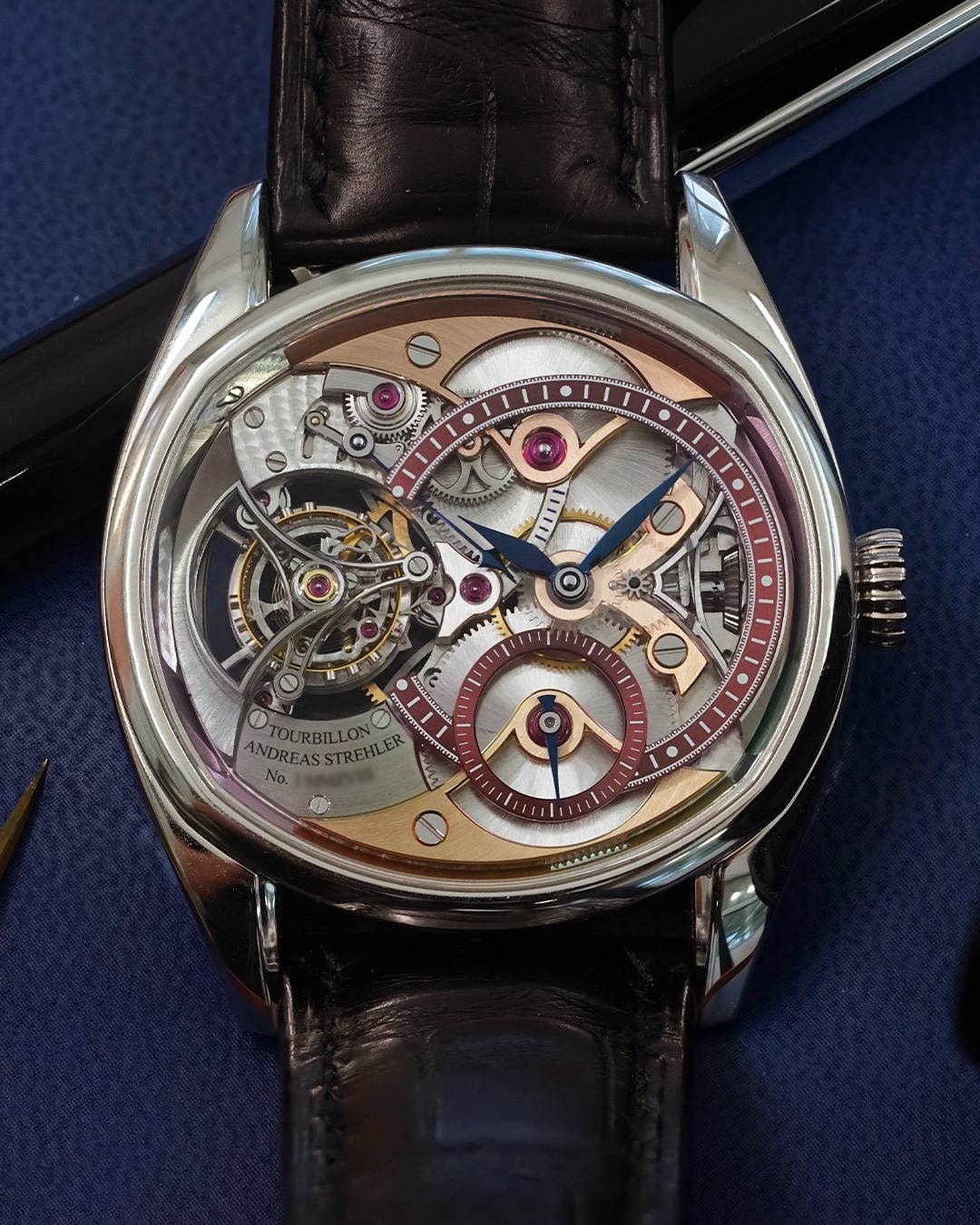

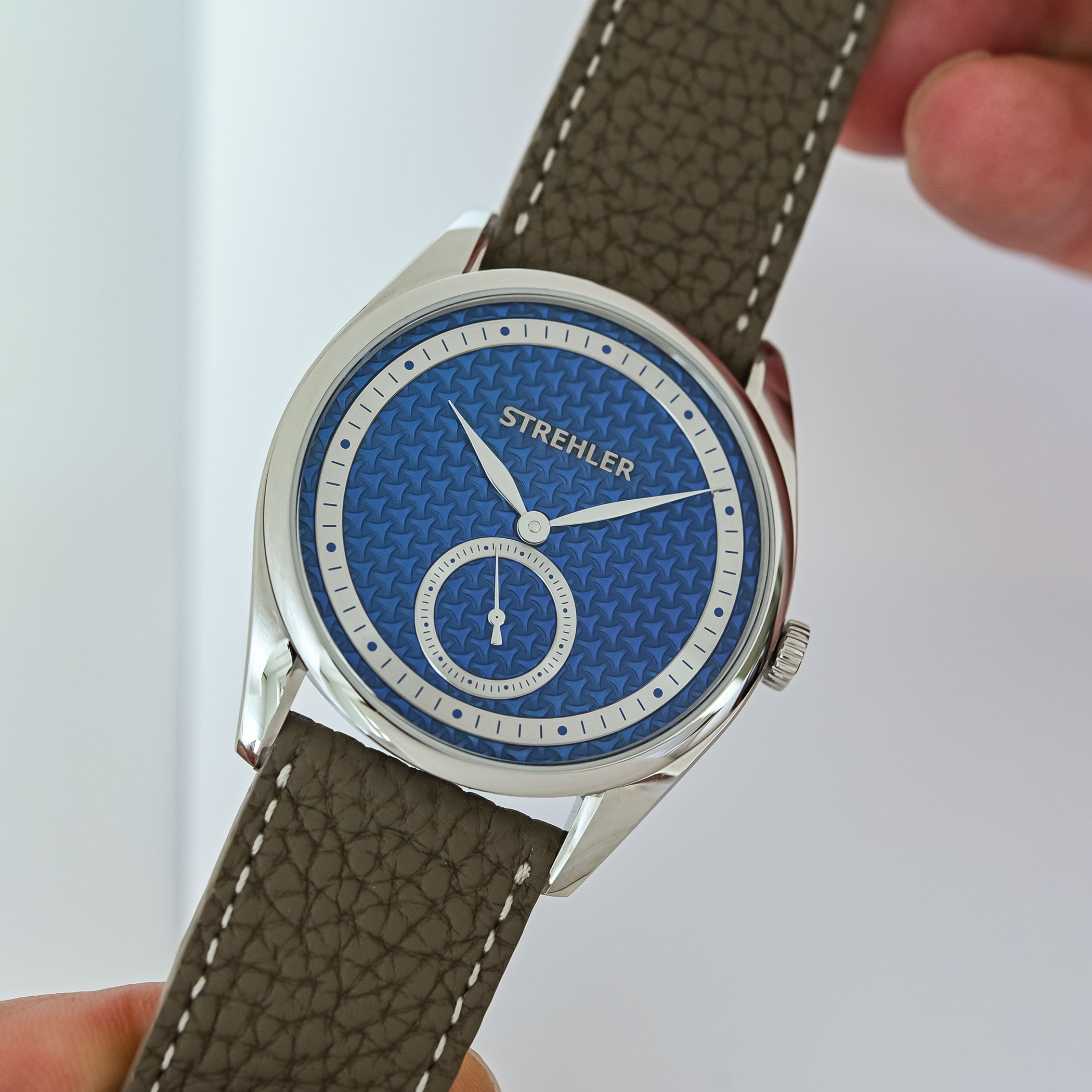




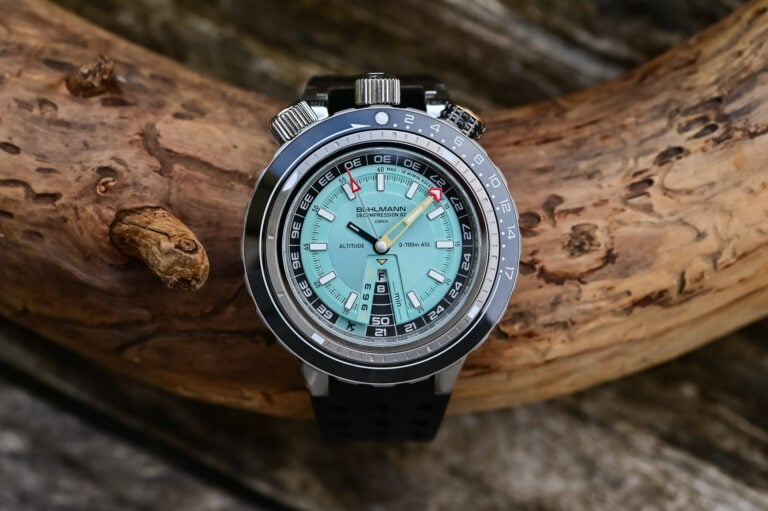
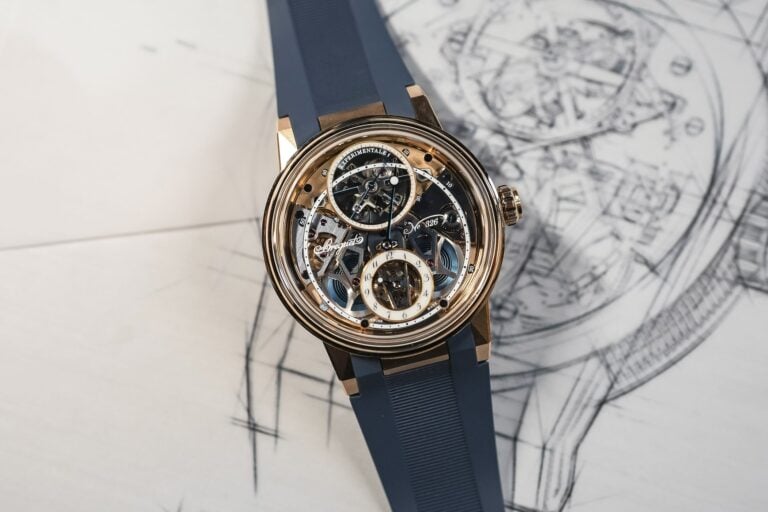
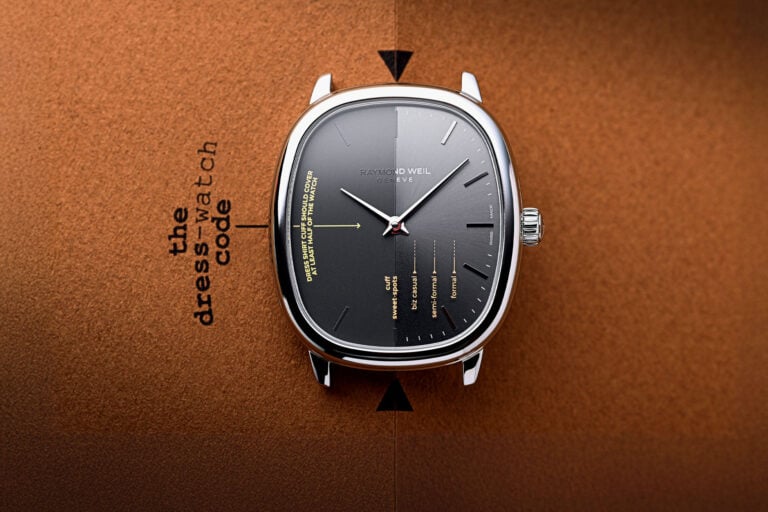
2 responses
If each watch is unique, does he need to assemble spare parts if the servicing of the caliber so requires?
I love his watches. Most watches in the market don’t have the artistic aspect that his watches consistently have